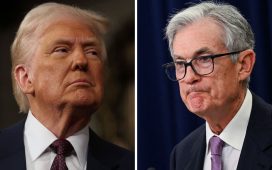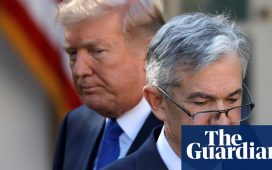
© Reuters. FILE PHOTO: U.S. one dollar banknotes are seen in front of displayed stock graph in this illustration taken, February 8, 2021. REUTERS/Dado Ruvic/Illustration/File Photo
By Ankur Banerjee
SINGAPORE (Reuters) -The dollar was steady on Tuesday as traders took a breather from a risk rally, while the Aussie slid after the Reserve Bank of Australia raised rates, but left the door open on whether further hikes would be needed.
The RBA raised interest rates by 25 basis points on Tuesday, ending four months of steady policy, but a tweak in language regarding the outlook stoked expectations that the central bank was done with its rate hikes.
The Australian dollar fell 0.52% to $0.6474 after the decision and was last at $0.6460, but the currency remained close to the three-month peak of $0.6523 touched on Monday.
Commonwealth Bank of Australia’s currency strategist Carol Kong said the forward guidance was slightly watered down, which was perceived as dovish, resulting in the Aussie quickly giving back its gains after an initial knee-jerk rally.
The Aussie and the New Zealand dollar have rallied over the past few days after a benign U.S. jobs report led markets to price in rate cuts by the middle of next year, lifting risk appetite. The was off 0.15% at $0.59545.
“With the RBA out of the way, the major determinants of will shift back to global. Expect focus to move back to Fed rhetoric and the resultant impacts on US Treasuries,” Kong said.
The rally in bonds and equities last week looks to be fading, with yields higher at the start of the week and the market focus switching to a flurry of U.S. Fed officials due to speak this week.[US/]
Federal Reserve Bank of Minneapolis President Neel Kashkari said on Monday the U.S. central bank likely has more work ahead of it to control inflation.
Fed Chairman Jerome Powell is due to speak on Wednesday and Thursday, where the focal point will be on whether he maintains the more dovish tone struck after the Fed’s policy meeting last week.
“If Powell sounds a bit more hawkish to push back against the easing of financial conditions later this week … I think the dollar can rebound,” said CBA’s Kong.
“But I think it’s still too early to say the latest easing in the dollar will be sustained. Just given that the FOMC is still unclear whether or not they wanted to hike rates further.”
Against a basket of currencies, the rose 0.085% to 105.36, having climbed 0.2% on Monday, but remained not far off a nearly two-month low of 104.84 touched on Monday.
The euro was down 0.07% to $1.0707, easing away from the eight-week peak of $1.0756 hit on Monday. was last at $1.2335, down 0.05% on the day, just shy of the seven-week high of $1.2428 it hit on Monday.
The Japanese yen was at 150.23 per dollar back above the 150-level that has kept traders on edge in recent weeks as they look for signs of intervention from Tokyo.
The yen hit 151.74 per dollar last week, edging closer to October 2022 lows that spurred several rounds of dollar-selling intervention.
Bank of Japan Governor Kazuo Ueda said on Monday the country was making progress towards achieving the bank’s 2% target but not enough to end ultra-loose policy, warning of uncertainty over whether companies will keep rising wages next year.








